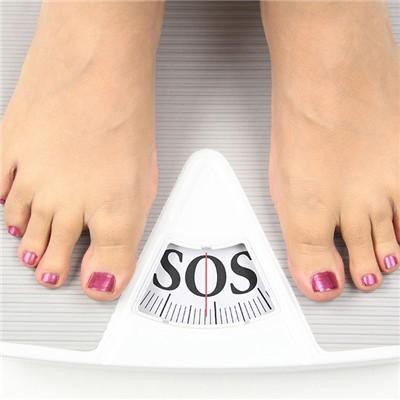Early symptoms of acidosis?
summary
Acidosis refers to the accumulation of acid substances in blood and tissues, so treatment has become a topic of concern. Its essence is the increase of hydrogen ion concentration and the decrease of pH value in blood. Under pathological conditions, when [bhco3] is reduced or [H2CO3] is increased in the body, the [bhco3] / [H2CO3] ratio can be reduced, resulting in the decrease of blood pH value, which is called acidosis. The accumulation of acidic substances in blood and tissues is characterized by the increase of hydrogen ion concentration and the decrease of pH value in blood. Now let's share the early symptoms of acidosis?.
Early symptoms of acidosis?
First, gastrointestinal symptoms include loss of appetite, nausea and vomiting. Some patients, especially patients with type 1 diabetes, may have abdominal pain symptoms, sometimes even mistaken for acute abdomen. The cause of abdominal pain is still unknown. Some people think it may be related to gastrointestinal distention and paralytic ileus caused by dehydration and hypokalemia.

Second, the change of respiration is caused by acidosis. When the pH of blood is less than 7.2, the respiration is deep and fast to facilitate acid excretion; When pH < 7.0, the respiratory center is inhibited, and some patients may have ketone odor similar to rotten apple odor.

Third: dehydration and shock symptoms, moderate and severe ketoacidosis patients often have dehydration symptoms, dehydration up to 5% can have dehydration performance, such as reduced urine volume, dry skin, eye drop, etc. When dehydration is more than 15% of body weight, circulatory failure may occur. Symptoms include increased heart rate, weak pulse, decreased blood pressure and body temperature. In severe cases, circulatory failure may be life-threatening.

matters needing attention
1. According to the general nursing routine of internal medicine. Stay in bed and keep warm. 2. Etiological treatment. 3. In case of dehydration, intravenous infusion of 5% glucose and normal saline was given, and the amount of rehydration was determined according to the patient's condition. 4. 5% sodium bicarbonate intravenous drip or 11.2% sodium lactate (except lactic acidosis) can be used as basic drugs. Avoid using sodium salt, can choose 7.28% aminobutanediol (tham) diluted twice after intravenous drip. According to the clinical manifestations and blood gas analysis results, the above drugs can be repeated 1-2 times a day. 5. Critically ill patients were treated with alkaline drugs. 6. Correct electrolyte disorder according to test results. 7. Convulsion after correcting acidosis may result in hypocalcemia.













